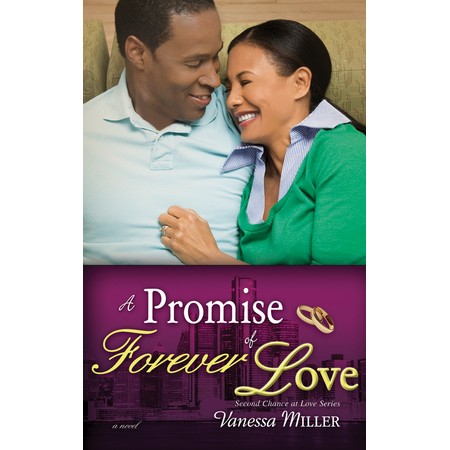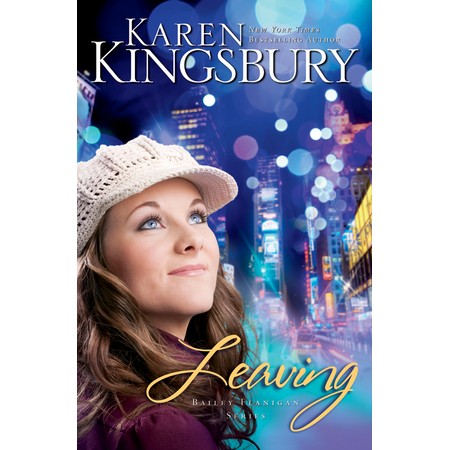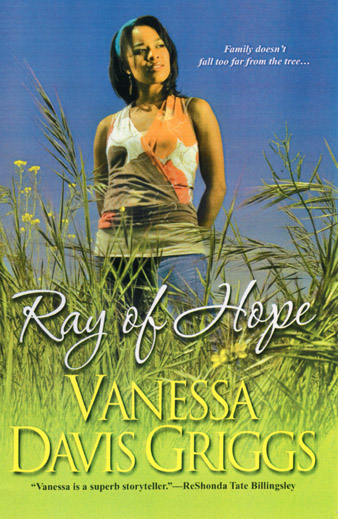 This week my write-0r-die chicks and myself are completing and sending off our submissions for the 2009 Essence Magazine Short Fiction Contest.
This week my write-0r-die chicks and myself are completing and sending off our submissions for the 2009 Essence Magazine Short Fiction Contest.As we crit each other's works I notice a pattern, one we have addressed during our ACFW VIP chapter meetings, but still shows up. Lackluster Openings. I wonder if maybe I need to provide a further discussion on the subject here and show a little execution of solution to this challenge. So I went to my room and pulled out an old printed WIP from under my new bed. (Remember I lost all my old stuff on the puter.)
Let's begin.
Lead Your Story with a Definitive Story Building Paragraph

Do you see the difference?
"Sugar Rum Halloween," an excerpt of a lackluster beginning...
But when you're writing commercial fiction, particularly short fiction for a national women's magazine the first paragraph of your story has to:
2. Nix the lovely writing for a quirky, interesting character.
Magazine readers are flippers. We flip through and mentally note which columns or stories we will come back to and read in detail. We're selfish, too. So give your character one line of thought in that paragraph. But infuse that line with both your story's theme and your character's quirk. And....
3. Most importantly simplify that theme until it is a universal one that affects masses of people.
Now let's take a look at this paragraph revised.
"Sugar Rum Halloween," an excerpt of a definitive story building paragraph...
Pastor Lewis said in church one day that God made woman to be transporters of souls. We were nurturers of the mind, body and spirit and it was up to us to save the world. Grandma Mable took that statement literally. She bore twelve children, was the best midwife in both Lowndes and Echols counties and was the head mother of our church, God Bless Us Missionary Baptist Church of Lake Park, GA.In this example, the prose is sweet. I have lovely southern romance writing going on, but you don't know what this story is about. It's just lovely writing. Grandma Mable appears to be an upstanding woman.
But when you're writing commercial fiction, particularly short fiction for a national women's magazine the first paragraph of your story has to:
- Start at word #1.
- Tell the reader what the story is about, and
- Give us a reason to stay instead of flipping to the cover story, which made the reader buy the magazine in the first place.
- Have some current cultural relevance.
- Know your story's ending before your write it. Plot.
2. Nix the lovely writing for a quirky, interesting character.
Magazine readers are flippers. We flip through and mentally note which columns or stories we will come back to and read in detail. We're selfish, too. So give your character one line of thought in that paragraph. But infuse that line with both your story's theme and your character's quirk. And....
3. Most importantly simplify that theme until it is a universal one that affects masses of people.
Now let's take a look at this paragraph revised.
"Sugar Rum Halloween," an excerpt of a definitive story building paragraph...
My sixth sense was keener than most folk's. That's why Grandma Mable always took me to church. She said I had a gift, but I believed I had a curse. So as I sat with my hands folded in my lap, while sitting on her coffee stained settee, I secretly wished I could dive into the stain and disappear into its blackness. It was Halloween and I wanted to go trick-or-treating with my friends, but instead I had to attend another Fourth Friday Exorcism with her and them old ladies.

- Building Believable Book Characters
- 10 Ways to Keep Your Inner Pulpit Out
- Tips to Keep From Burning Out Before




















7 comments:
Good advice! Thanks Dee!
you're welcome, lady!
Wonderful Dee! Thanks for sharing!
super advice. like it lots. (but those big headed doll babies disturb me. whatsup with dat?)
Now that's some good advice. I'm long winded so I'm not certain I can do flash fiction.
Linda: Ooh, the girls have been joning my blythe dolls all day. I like them big headed dolls. lol
JC, you don't have to just use this for writing short fiction for mags, but commercial fiction as well.
Post a Comment